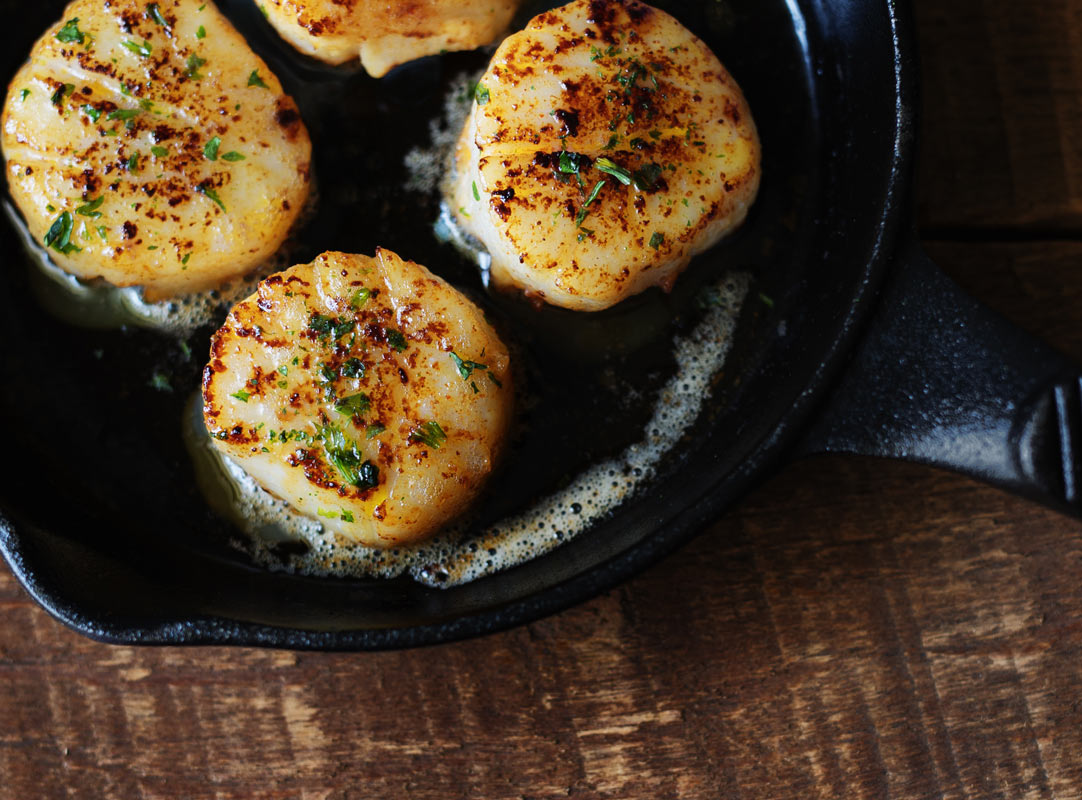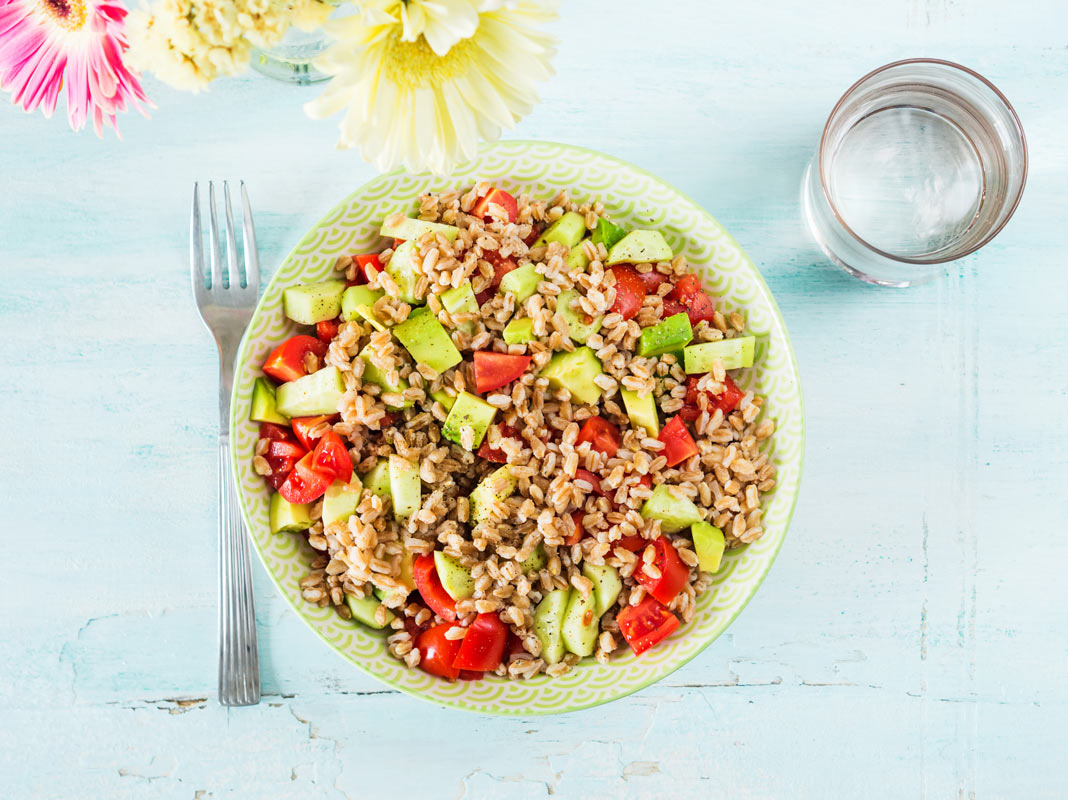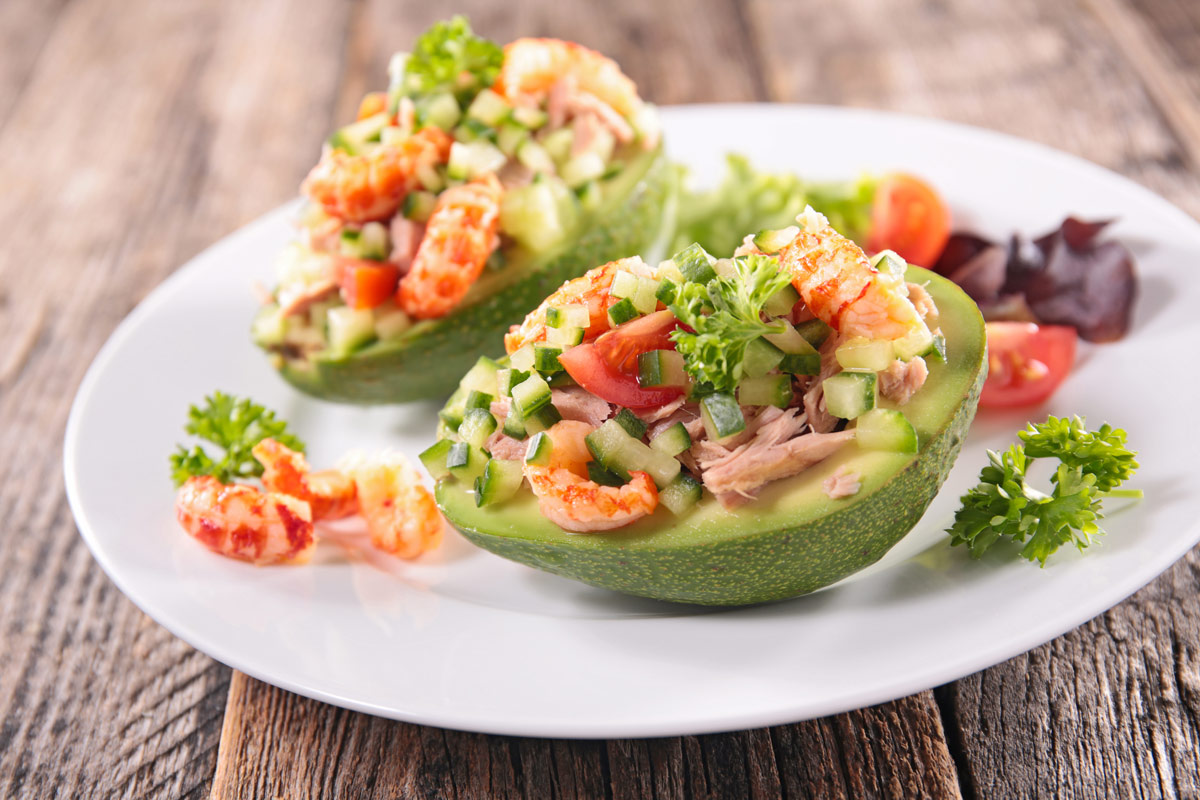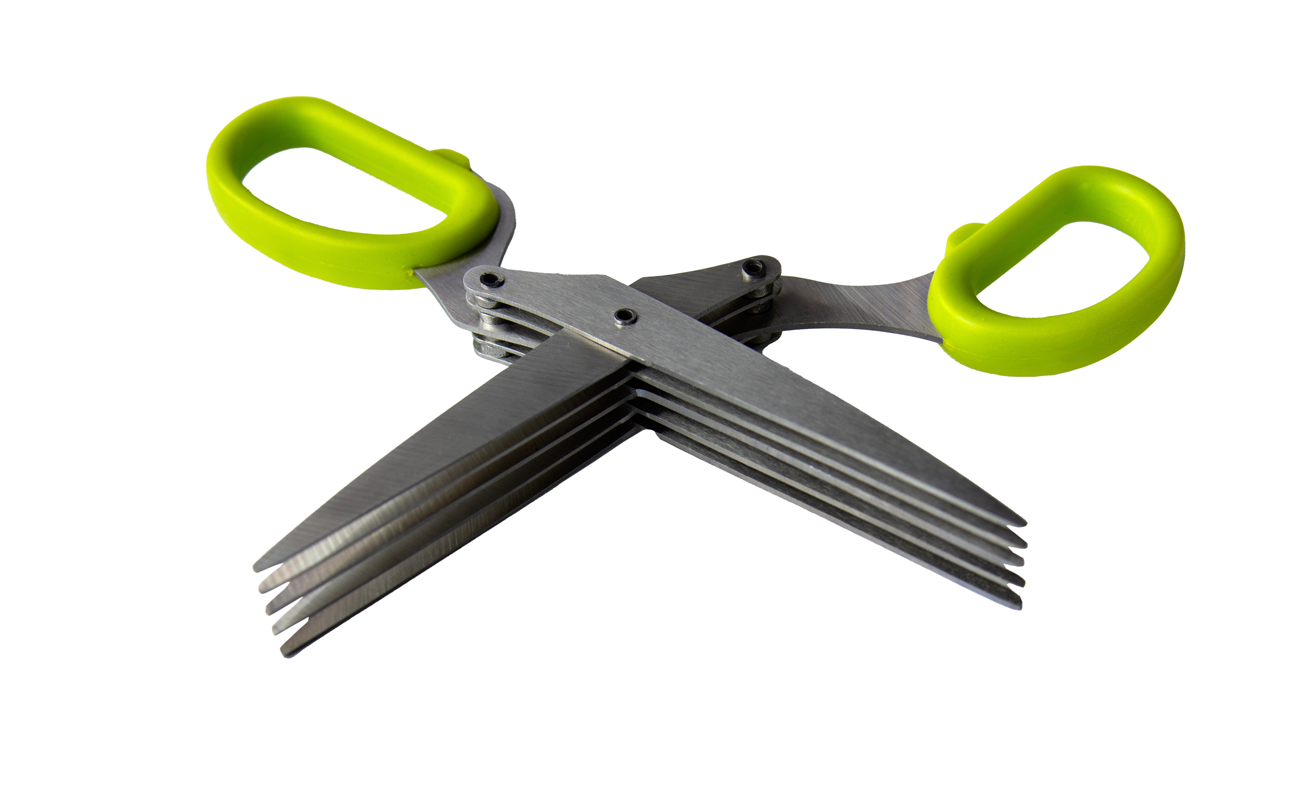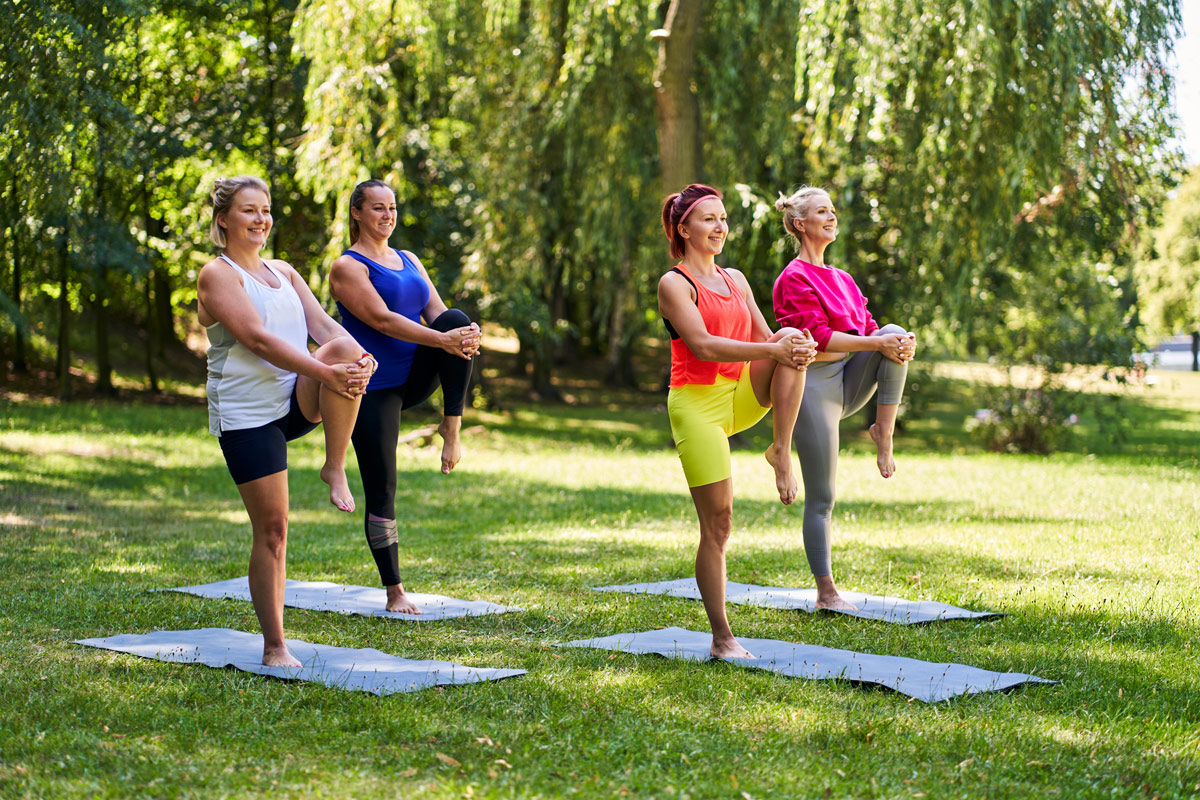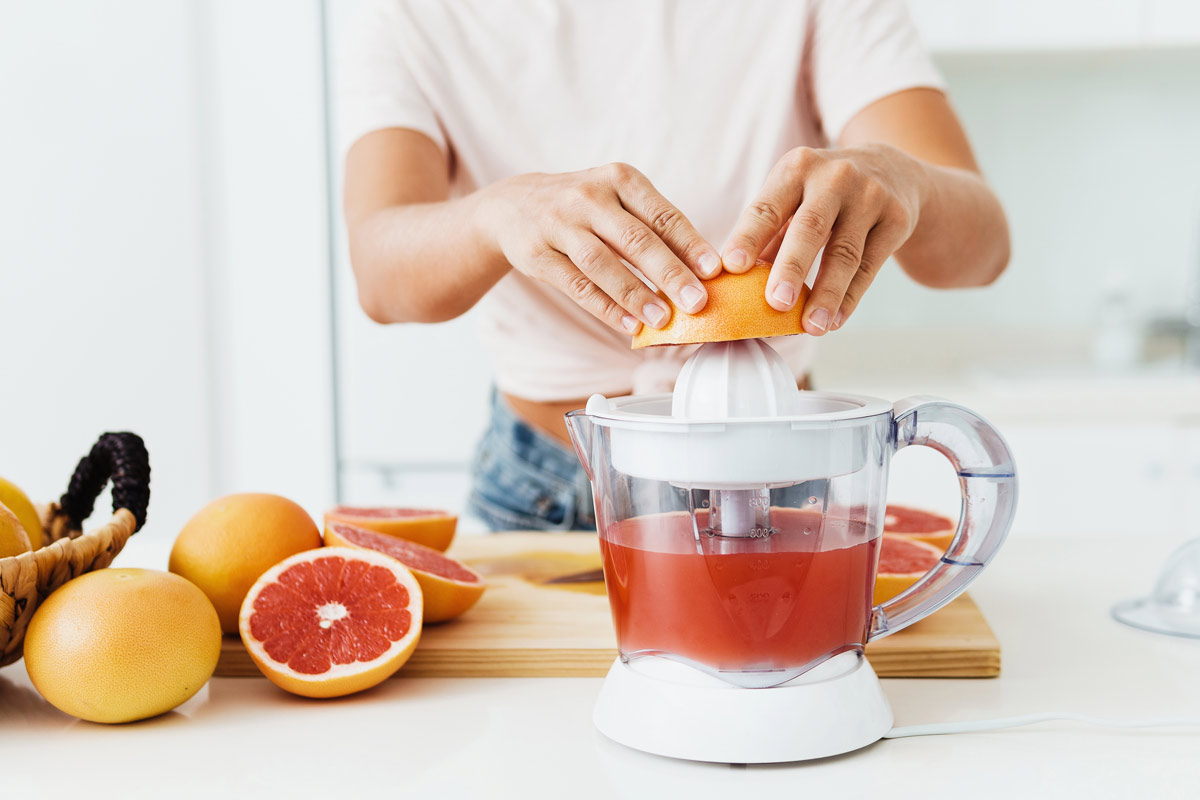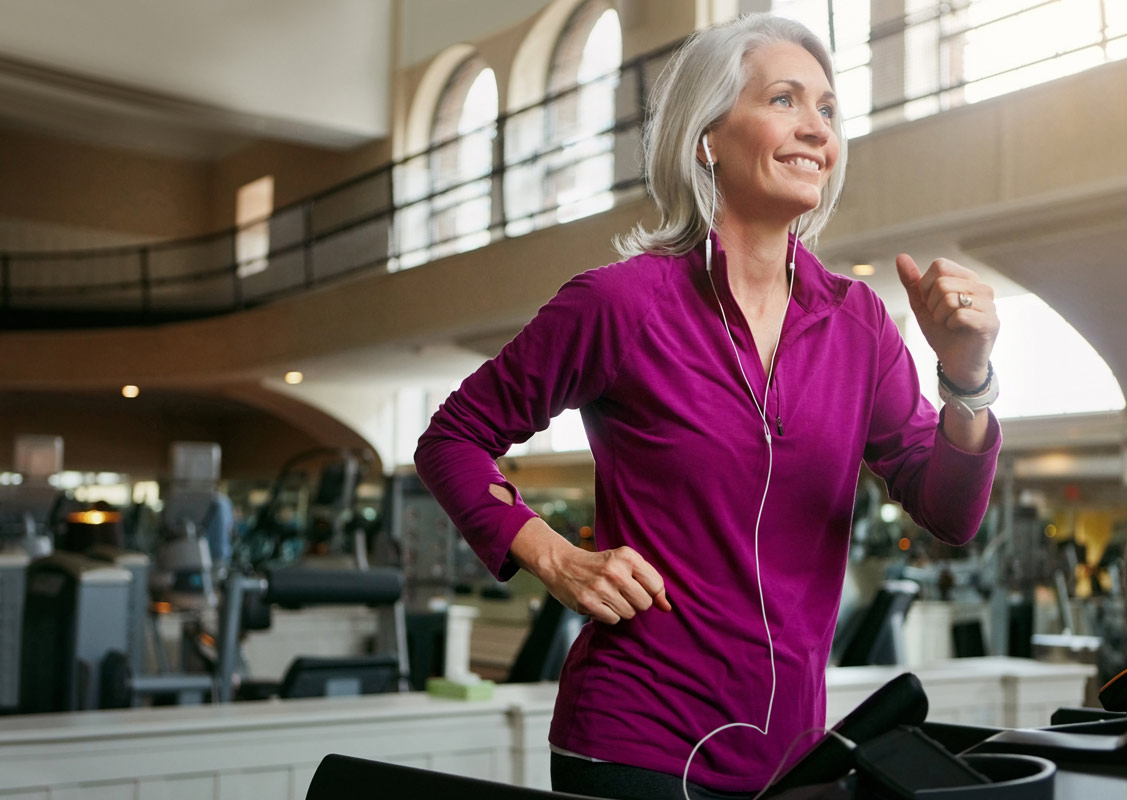Chocolate Hazelnut Cookies Recipe, Spotlight on Hazelnuts and Chocolate Chunks, Weight Loss Diets for YOU, and Evening Activity for Better Sleep
How often do you want to indulge in a sweet treat yet wish that it could be healthier? I’ve got you covered with melt-in-your-mouth cookies! They have a nice dose of fiber, one of the key elements mentioned in a new study on weight loss. And if you’re looking for ways to get more sleep, you’ll be intrigued by the other study I’m sharing—it found that short bursts of activity in the evening may help.
Chocolate Hazelnut Cookies
 Chocolate Hazelnut Cookies
Chocolate Hazelnut CookiesThese cookies take inspiration from buttery shortbread. They come together in minutes, taste sublime, and pack in a good amount of fiber thanks to the whole wheat pastry flour, the hazelnuts, and even the chocolate!
Ingredients
- 3/4 cup pastry flour
- 3/4 cup whole wheat pastry flour
- 1/2 cup confectioner’s sugar
- 1/4 teaspoon sea salt
- 1/2 cup extra virgin olive oil
- 2 ounces bittersweet chocolate, coarsely chopped
- 2 ounces roasted and skinned hazelnuts, coarsely chopped
Directions
Step 1
Preheat your oven to 350°F. In a large bowl, whisk together the flours, sugar, and salt. Add the olive oil, chocolate, and hazelnuts, and mix with your hands to form a dough.
Step 2
Transfer the dough to a piece of parchment paper about 13 inches by 18 inches and pat it down to flatten it a bit. Top with another piece of parchment and roll out the dough to roughly a 10-inch square. Pop it in the fridge for about 20 minutes to firm up slightly.
Step 3
Discard the top piece of parchment and use a serrated knife to cut the dough into 20 cookies. Carefully separate the cookies (use a small offset spatula if needed), putting about an inch of space between them.
Step 4
Slide the parchment with the cookies onto a large cookie sheet. Bake for 25 minutes, rotating the cookie sheet halfway through. Let the cookies cool to room temperature before eating.
Yields 20 cookies

Healthy Ingredient Spotlight
Hazelnuts
Hazelnuts are one of the unsung stars in the nut category, with a sweet taste that’s best when roasted but not salted. These crunchy nuts pack a lot of nutrients into a single ounce: 3 grams of fiber, 4 grams of protein, and 17 grams of fat—76 percent of which are healthy monounsaturated fats and 12 percent are healthy polyunsaturated fats. Hazelnuts also provide great amounts of vitamin E and the minerals copper and manganese, plus some B1, B6, and magnesium. Toss a handful into salads and vegetable dishes for an added layer of flavor. Ground hazelnuts can be used for baking as well as a substitute for breadcrumbs.
Because their brown skins can be bitter, remove them when using in a dessert recipe. The simplest way is to boil them for 2 minutes in water and baking soda in these proportions: 1 cup hazelnuts, 2 cups water, and 3 tablespoons of baking soda. Drain and, when cool enough to handle, use your fingers to pop the nuts out of their skins.
Briefly roasting hazelnuts brings out their sweetness. Spread your skinned nuts in a single layer in a rimmed sheet pan and place in a 350°F preheated oven for 10 minutes or until you can smell their aroma. Note: To save time, you can roast hazelnuts in their skins, then transfer them to a clean dish towel and rub them vigorously; this technique will remove most, though usually not all, of the skins.

Quick Kitchen Nugget
Chopping Your Own Chocolate Chunks
I like to fold chocolate chunks rather than store-bought chips into recipes because I can use my favorite chocolate bars and not be limited by the few cacao options in the baking aisle of my supermarket. Simply place your favorite bar on a secure cutting board and use a serrated knife to make cuts along its length, starting from one of the short sides.

For Your Best Health
Weight Loss Diets: Do It Your Way…With These Suggestions
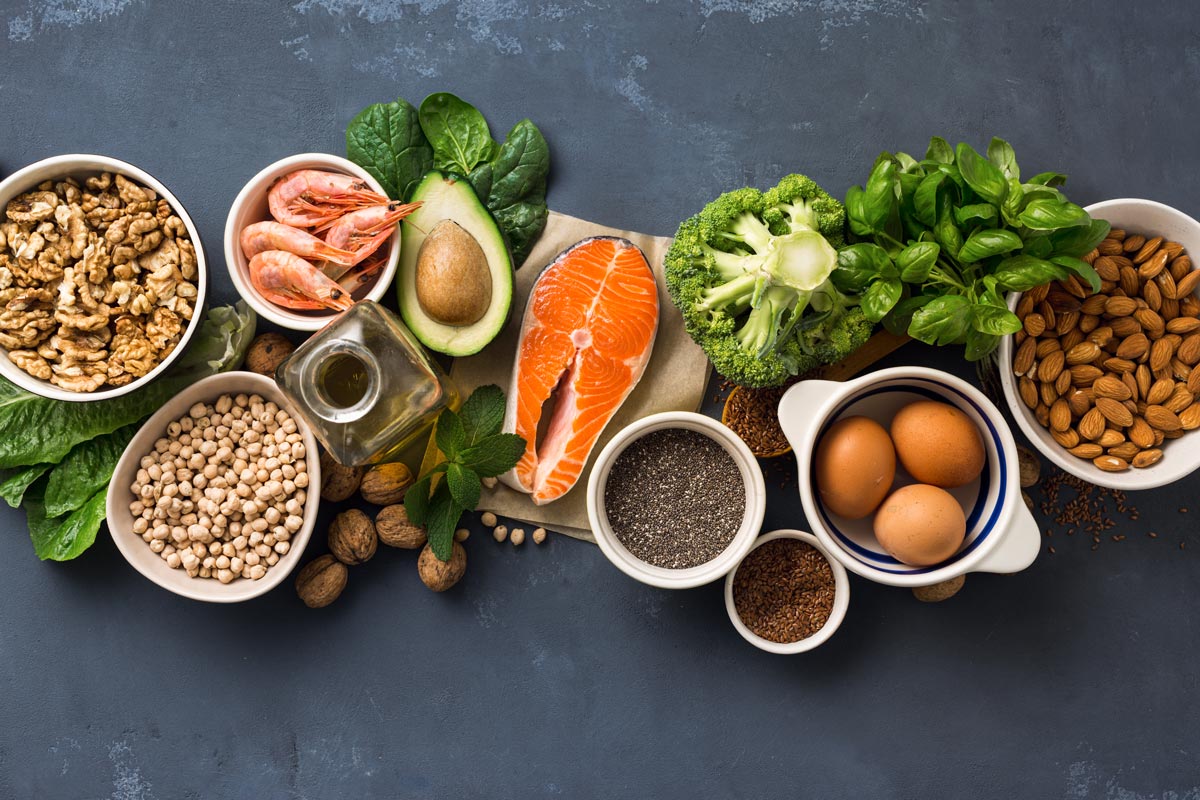
“Flexibility and personalization are key to creating programs that optimize dieters’ success at losing weight and keeping it off,” said Manabu T. Nakamura, PhD, a professor of nutrition at the University of Illinois Urbana-Champaign and the leader of the new study “Successful dietary changes correlate with weight‐loss outcomes in a new dietary weight‐loss program.”
The research involved a group of dieters who participated in a regimen called the “Individualized Diet Improvement Program,” or iDip, which uses data visualization tools and intensive dietary education sessions to increase dieters’ knowledge of key nutrients, enabling them to create a personalized, safe, and effective weight-loss plan. “Sustainable dietary change, which varies from person to person, must be achieved to maintain a healthy weight. The iDip approach allows participants to experiment with various dietary iterations, and the knowledge and skills they develop while losing weight serve as the foundation for sustainable maintenance,” explained Dr. Nakamura.
Based on the dietary guidelines issued by the Institutes of Medicine, the iDip team created a one-of-a-kind, two-dimensional quantitative data visualization tool that plots foods’ protein and fiber densities per calorie and provides a target range for each meal. The pillars of iDip are increasing protein and fiber consumption—80 grams of protein and 20 grams of fiber a day—as part of a 1,500-calorie or less daily diet.
Starting with foods they habitually ate, the dieters created their individualized plans. And, indeed, in addition to personalization and flexibility, participants who consumed greater amounts of protein and fiber had the greatest success. In tracking dieters’ protein and fiber intake, the team found a strong correlation between protein and fiber consumption and weight loss at 3 and at 12 months. “[This] suggests that participants who were able to develop sustainable dietary changes within the first three months kept losing weight in the subsequent months, whereas those who had difficulty implementing sustainable dietary patterns early on rarely succeeded in changing their diet in the later months,” Dr. Nakamura said. The team hypothesized that this correlation could also have been associated with some dieters’ early weight-loss success, which may have bolstered their motivation and adherence to their program.
At the one-year mark, successful dieters (41 percent of participants) had lost 12.9 percent of their body weight, compared with the remainder of the study sample, who lost slightly more than 2 percent of their starting weight. “The research strongly suggests that increasing protein and fiber intake while simultaneously reducing calories is required to optimize the safety and efficacy of weight loss diets,” said first author and University of Illinois alumna Mindy H. Lee, registered dietitian-nutritionist for the iDip program.
Dr. Nakamura emphasized the importance of preserving lean mass while losing weight, especially when using weight-loss drugs. “Recently, the popularity of injectable weight-loss medications has been increasing,” he said. “However, using these medications when food intake is strongly limited will cause serious side effects of muscle and bone loss unless protein intake is increased during weight loss.”
Body composition analysis indicated that iDip dieters maintained their lean body mass, losing an average of 7.1 kilograms of fat mass and minimal muscle mass at the six-month interval. Among those who lost greater than 5 percent of their starting weight, 78 percent of the weight they lost was fat.
The project was funded by the US Department of Agriculture’s National Institute of Food and Agriculture, and the National Institute of Health’s National Institute of Biomedical Imaging and Bioengineering.

Fitness Flash
Evening Activity for Better Sleep
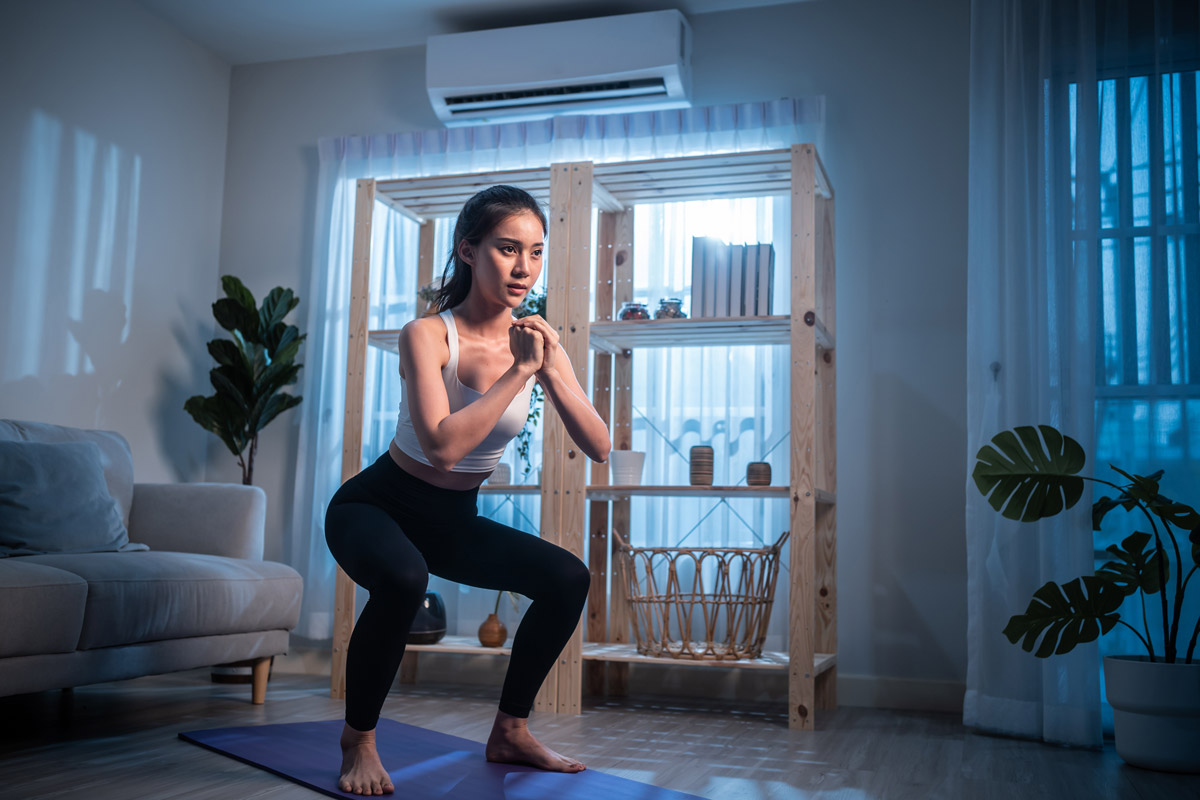
Rigorous exercise before bed has long been discouraged because it can be stimulating, but researchers from University of Otago in Dunedin, New Zealand, found that short bursts of light activity can lead to better sleep.
For the study, published in BMJ Open Sport & Exercise Medicine, participants completed two four-hour evening sessions of prolonged sitting broken up with 3-minute activity breaks every half hour. The scientists found that after the intervention the participants slept 30 minutes longer.
Lead author Jennifer Gale, PhD candidate in the Department of Human Nutrition at Otago, said that sitting for long periods is associated with an increased risk of diabetes, cardiovascular disease, and death. “We know that for many of us, our longest period of uninterrupted sitting happens at home in the evening. In our previous studies we have found that getting up and doing two to three minutes of exercise every 30 minutes reduces the amount of sugar and fat in your bloodstream after a meal. However, many sleep guidelines tell us we shouldn’t do longer bouts of higher intensity exercise in the hours before sleep, so we wanted to know what would happen if you did very short bouts of light intensity activity repeatedly throughout the evening.”
The activity breaks involved three exercises: chair squats, calf raises, and standing knee raises with straight-leg hip extensions. “These simple body-weight exercises were chosen because they don’t require equipment or a lot of space and you can do them without interrupting the TV show you are watching,” said primary investigator Meredith Peddie, PhD, senior lecturer in the Department of Human Nutrition. “From what we know from other studies, you could probably get a similar effect if you walked around your house, marched on the spot, or even danced in your living room. The most important thing is that you get out of your chair regularly and move your body.”
The fact that this exercise resulted in longer sleep is particularly important, the researchers pointed out, because insufficient sleep can negatively affect diet and has been associated with heart disease and type 2 diabetes. “We know higher levels of physical activity during the day promote better sleep, but current sleep recommendations discourage high-intensity exercise before bed because it can increase body temperature and heart rate resulting in poor sleep quality,” Dr. Peddie said. She added, “It might be time to review these guidelines as our study has shown regularly interrupting long periods of sitting is a promising health intervention.”
Get More Recipes In Your Inbox!
